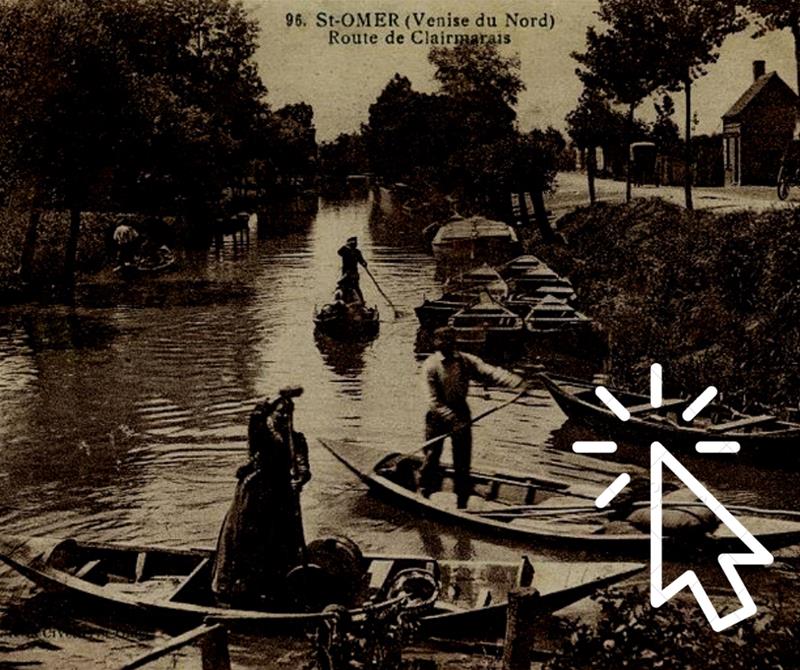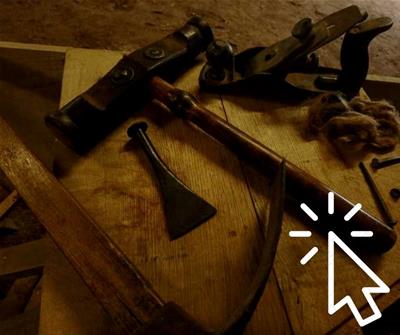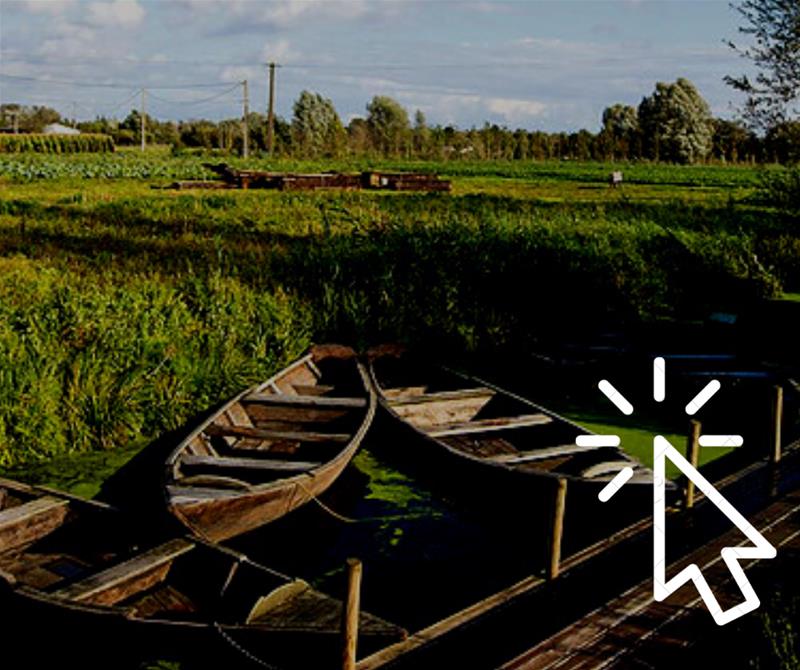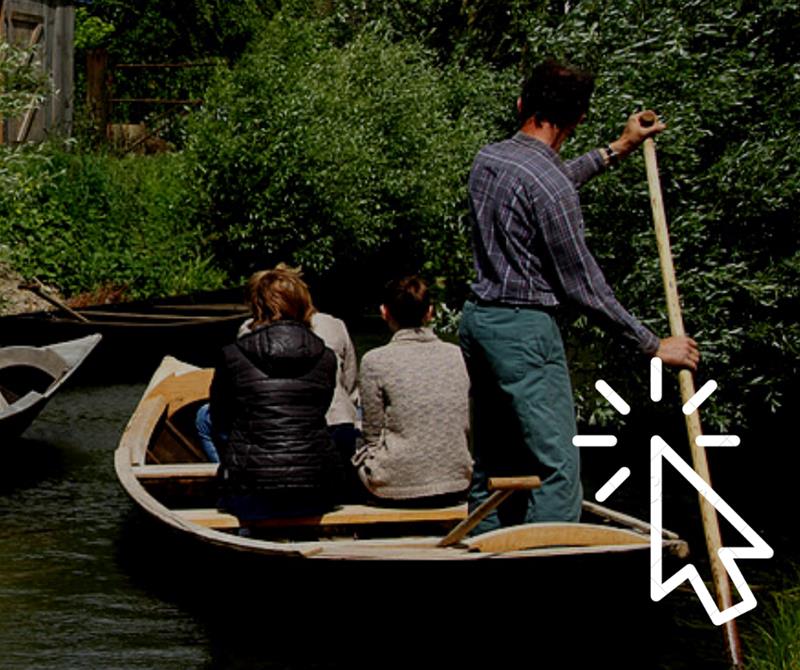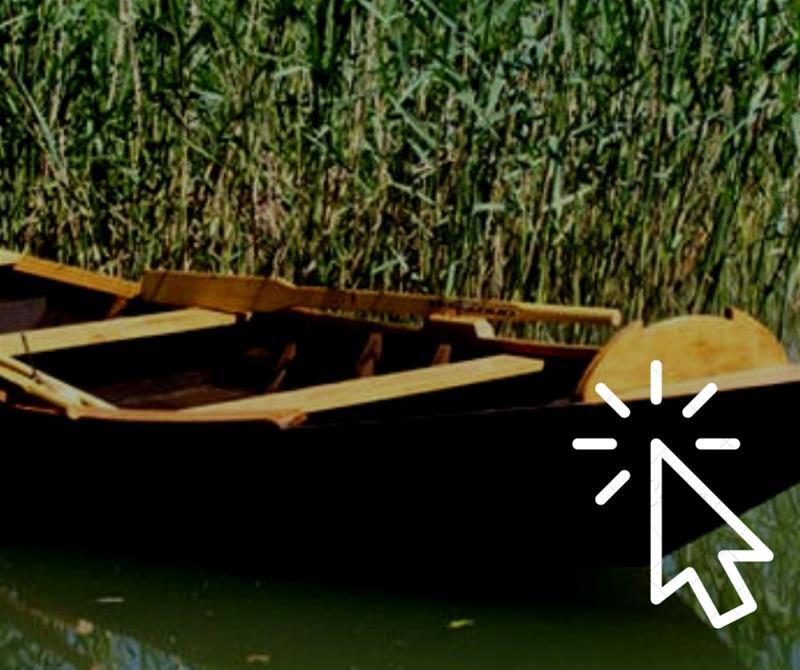The Escute: the Flemish boat
Boat used in the past by the market gardener to transport the family and the tools, the escute is available in 6 different sizes, ranging from 4m to 8,5m in length.
L'Escute, a boat from the Audomarois marshes: performance, prestige and traditions
Typical wooden boat of Saint-Omer and the audomarois marshes For centuries, the Escute has always been made in the traditional way by the boat makers. It delights families, fishermen and lovers of beautiful boats, while satisfying the most demanding users. This beautiful oak boat with complex shapes does not lack nobility. It also displays exceptional performance, whether in terms of handling, speed, comfort or lifespan.
Your boat
Traditional construction of escutes, bacôves, fishing boats, Picardy boats and custom-made boats, restoration of wooden boats, etc.
We are the experts in the field north of Paris
A project ? Contact us now!
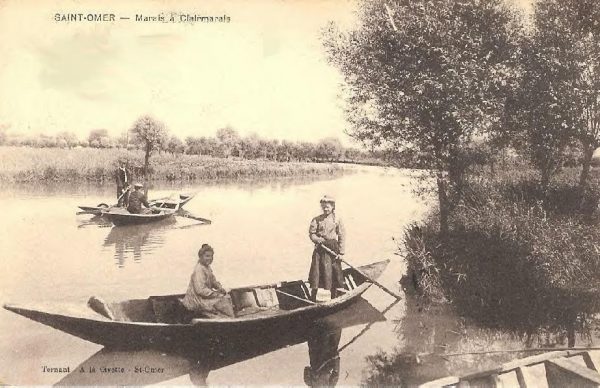
The story of the Flemish boat “escute”
Alors que le bacôve resembled the market gardener's truck, the escute can be compared to his car. It is thus the traditional boat of the Saint-Omer marsh par excellence. Used for fishing, family outings, transporting tools or accessing isolated dwellings in the heart of the Audomarois marsh, the escute was very popular until the 1970s. Then roads and bridges were built across fields. and rivers. Each family had at least two, in addition to the bacôve.
The origins of the escute? These remain unclear. Some speak of its generalization in the Audomarois marshes in the XNUMXth century, but writings and a few rare archives show that the term escute was already used in the XNUMXth and XNUMXth centuries. The term referred to small boats carrying goods. Derived from the "Scute", an old Dutch boat, we can easily imagine that the engineers who left for the Netherlands in the past to study land reclamation techniques, at the same time brought back plans for this flat-bottomed boat.
The story of the Flemish boat “escute”
Alors que le bacôve resembled the market gardener's truck, the escute can be compared to his car. It is thus the traditional boat of the Saint-Omer marsh par excellence. Used for fishing, family outings, transporting tools or accessing isolated dwellings in the heart of the Audomarois marsh, the escute was very popular until the 1970s. Then roads and bridges were built across fields. and rivers. Each family had at least two, in addition to the bacôve.
The origins of the escute? These remain unclear. Some speak of its generalization in the Audomarois marshes in the XNUMXth century, but writings and a few rare archives show that the term escute was already used in the XNUMXth and XNUMXth centuries. The term referred to small boats carrying goods. Derived from the "Scute", an old Dutch boat, we can easily imagine that the engineers who left for the Netherlands in the past to study land reclamation techniques, at the same time brought back plans for this flat-bottomed boat.

The design of the escute
Entirely made of oak from the Rihoult-Clairmarais forest, less than a kilometer from the workshop, the boat makers' escute carefully respects tradition in terms of design and construction. Each part of the frame is meticulously crafted. The set is assembled using real “old-fashioned” blacksmith nails. Sealing, an operation also called "caulking", is traditionally carried out using oakum (vegetable flax fibre). Finally, the entire boat is brushed with vegetable tar to feed the wood effectively, in an ecological way.

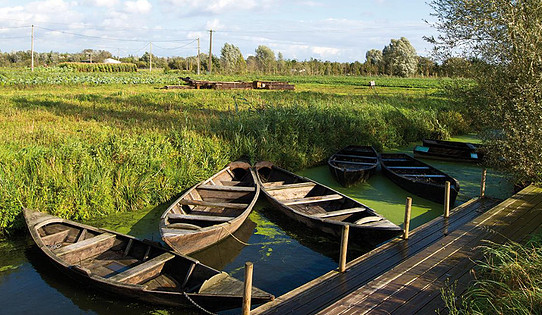
The different sizes of escute type boats
The escute comes in different sizes. To do this, we use the ancestral unit of measurement for this type of boat: the wrangs. Indeed, the dimension of the escute has always been given in number of wrangs in the trunk (useful part of the boat). This term, derived from the word varangue of Germanic origin, designates an element of the transverse framework of the bottom of the boats, in other words, the main frames.
We make 6 sizes of escute, ranging from 3 to 8 wrangs, the smallest being 4,5m long and the largest being 8,5m. The most popular escute remains the 5 wrang 6m escute, the best payload/stability and price ratio.
The different sizes of escute type boats
The escute comes in different sizes. To do this, we use the ancestral unit of measurement for this type of boat: the wrangs. Indeed, the dimension of the escute has always been given in number of wrangs in the trunk (useful part of the boat). This term, derived from the word varangue of Germanic origin, designates an element of the transverse framework of the bottom of the boats, in other words, the main frames.
We make 6 sizes of escute, ranging from 3 to 8 wrangs, the smallest being 4,5m long and the largest being 8,5m. The most popular escute remains the 5 wrang 6m escute, the best payload/stability and price ratio.

The handling of the escute
Formerly used to carry small equipment, the escute also made it possible to circulate easily in very small rivers. This boat "goes everywhere" is indeed distinguished by its maneuverability.
The escute also knows how to seduce because of its performance. Spinning through the water, the shape of the escute is designed to minimize the phenomenon of friction and resistance that can slow down the boat. Thus, handling by rowing or rowing (a long oar typical of the Saint-Omer marshes) is very easy, as is steering using a heat or electric motor. A horsepower can easily push an escute eight wrangs at 6km/h, a performance that we can hardly see on plastic/fiberglass boats and boats.
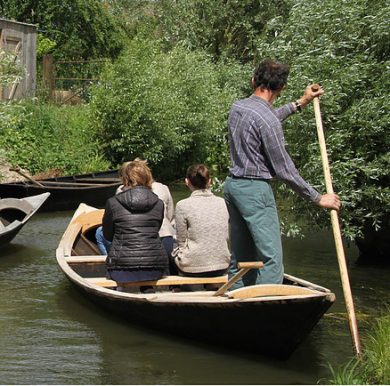
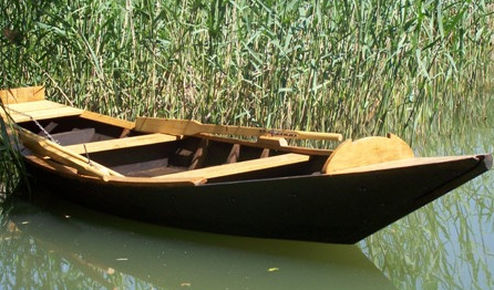
The shape of the shield
Before the invention of the motor scull and then the boat engine, the escute had two peaks. The rear peak disappeared thereafter to allow the motorization of the boat.
Boatmakers are now building single-peak escutes and are bringing the elegance of two-peak escutes up to date. This is possible thanks to a very pleasant lateral electric motorization.
The shape of the shield
Before the invention of the motor scull and then the boat engine, the escute had two peaks. The rear peak disappeared thereafter to allow the motorization of the boat.
Boatmakers are now building single-peak escutes and are bringing the elegance of two-peak escutes up to date. This is possible thanks to a very pleasant lateral electric motorization.

The escute today
Almost no longer used by market gardeners today, the escute still delights families, fishermen, hunters, lovers of the marsh but also lovers of beautiful objects. Far from disappearing from the Audomarois landscape, this age-old boat has not lost a wrinkle and is what is best made: its timeless proud look and its lifespan (about 40 years) make the escute the best choice.


